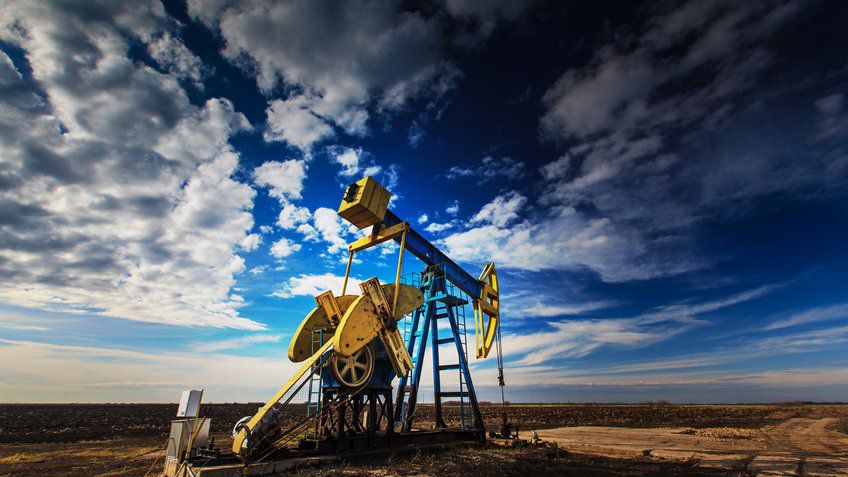Recommended For You
Energy companies have implemented process instrumentation systems to increase uptime and optimise production.
However, the energy industry has historically lagged behind other industries in the area of asset performance, often referred to in manufacturing as OEE.
The Aberdeen Group reports that on average, oil and gas companies have operational equipment effectiveness of about 73% compared with process industry leaders with scores in the high 80s.
Combining operations, maintenance, and quality measurements in a single key performance indicator, overall equipment effectiveness is an objective way of collecting the lifecycle performance of processing equipment.
Variations in OEE for a piece of equipment directly relate to the business performance of a plant. The events and responses to those variations can be used to turn condition-monitoring data into valuable maintenance, reliability, and safety information.
There are differences, of course between oil and gas and other industries. In manufacturing, if a machine produces 10,000 parts, and it goes down, at the end of the shift it will be a number of parts short of its target.
In oil and gas, if a compressor goes down, it reduces production, but the dynamics are more complex, so it is more difficult to measure the impact.
However, achieving leading-class OEE scores has been shown to help dramatically improve bottom-line results in capital-intensive industries like oil and gas.
In a hypothetical 20,000 barrel-a-day facility, assume that the facility is currently running at a level below optimum availability. A one-point improvement in the facility's availability score would result in a minimum one percent gain in production.
Over the course of a year, that one percent gain could amount to roughly 73,000 barrels of oil produced, resulting in a significant financial gain from the facility through improved throughput.
Gains like these are only achievable with implementation of new processes and systems that integrate operations and make use of the wealth of production data being generated by equipment and devices, and monitored by people in a variety of roles across the enterprise.
By connecting all of these assets, it's possible to gain complete visibility into operations, enabling you to maximise asset availability and so make the appropriate gains in throughput and OEE-equivalent.
You are better able to protect your company's assets wherever they are, through a safer, more secure architecture.
A connected production environment improves energy usage, equipment reliability and longevity, and provides expanded capacity from existing assets.
At the same time, automating maintenance through the use of connected assets can increase efficiency and minimise the risk of catastrophic failures and process disruptions, while maximising equipment reliability.
For more insight into the role automation plays in improving OEE for oil and gas companies, download our short guide to overall equipment effectiveness.
Published September 5, 2016


